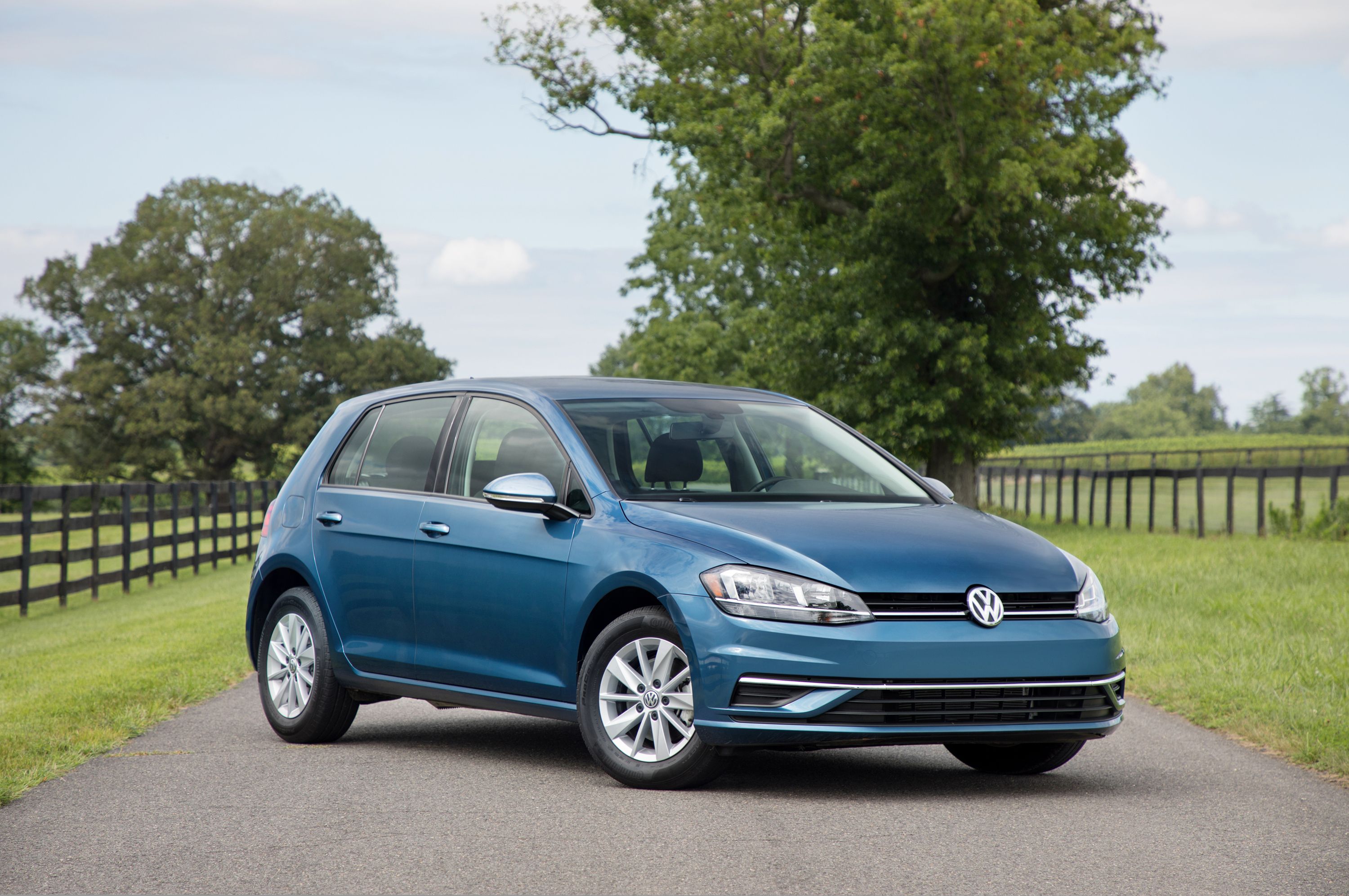
When asked what idea has revolutionized the motor industry in the modern world, platform sharing ranks right at the top. The reason why is simple - with the advent of modular platforms, a single chassis platform can underpin multiple vehicles, reducing development costs for each. More than that, once you get the recipe right, it can be replicated across multiple vehicles, meaning every car comes out just perfect. Take the VW MQB platform, for example, which underpins no fewer than 42 vehicles in the Volkswagen Group umbrella globally. The US gets a number of these, such as the VW Golf, Atlas, Tiguan, and Audi TT, among many others. But while the VW MQB, BMW CLAR, and Volvo SPA platforms might fill up the internet with loads of fun acronyms to remember, Volkswagen has been sharing platforms for decades - pioneering platform sharing before it became cool.
It all started back in 1950 when the original Volkswagen Bus launched in a number of body styles. Buyers of the T1 and T2 (production spanned from 1950 - 1979) were able to choose from a work van, passenger van, flatbed truck, camper van, and even a pickup truck, while a number were custom-built as fire trucks and police vehicles. It wasn't the only platform from VW to spawn multiple body styles, however, as the 1965 Type 3 platform would go on to underpin coupes, sedans, and wagons, with the most notable design being the stunning Karmann Ghia coupe, while a fastback VW 1600TL would join the lineup in 1966 to strike a balance between style and practicality.
It wasn't uncommon at the time for manufacturers to build vehicles in multiple styles, with sedans, wagons, coupes, and convertibles all generally sharing architecture. But Volkswagen went one step further, creating entirely new products of single platforms, and going so far as to share platforms between brands, with Porsche and VW models sharing common architecture over the years. The original VW Golf spawned two and four-door variants, a pickup, and was spun-off into the Scirocco and Corrado, attracting different buyers all while reducing engineering costs substantially.
The MQB platform is merely the latest in a long line of shared platforms, and today, you'll see it underpinning everything from the VW Golf to the Atlas three-row SUV, while Audi makes use of the platform for the TT and A3. Meanwhile, the MLBevo platform, another VW Group architecture, underpins the European market VW Touareg as well as the Audi Q8, Bentley Bentayga, Porsche Cayenne, and even the Lamborghini Urus. Many might have developed modular platforms in recent years, but when it comes to setting the trend, VW did it first.
